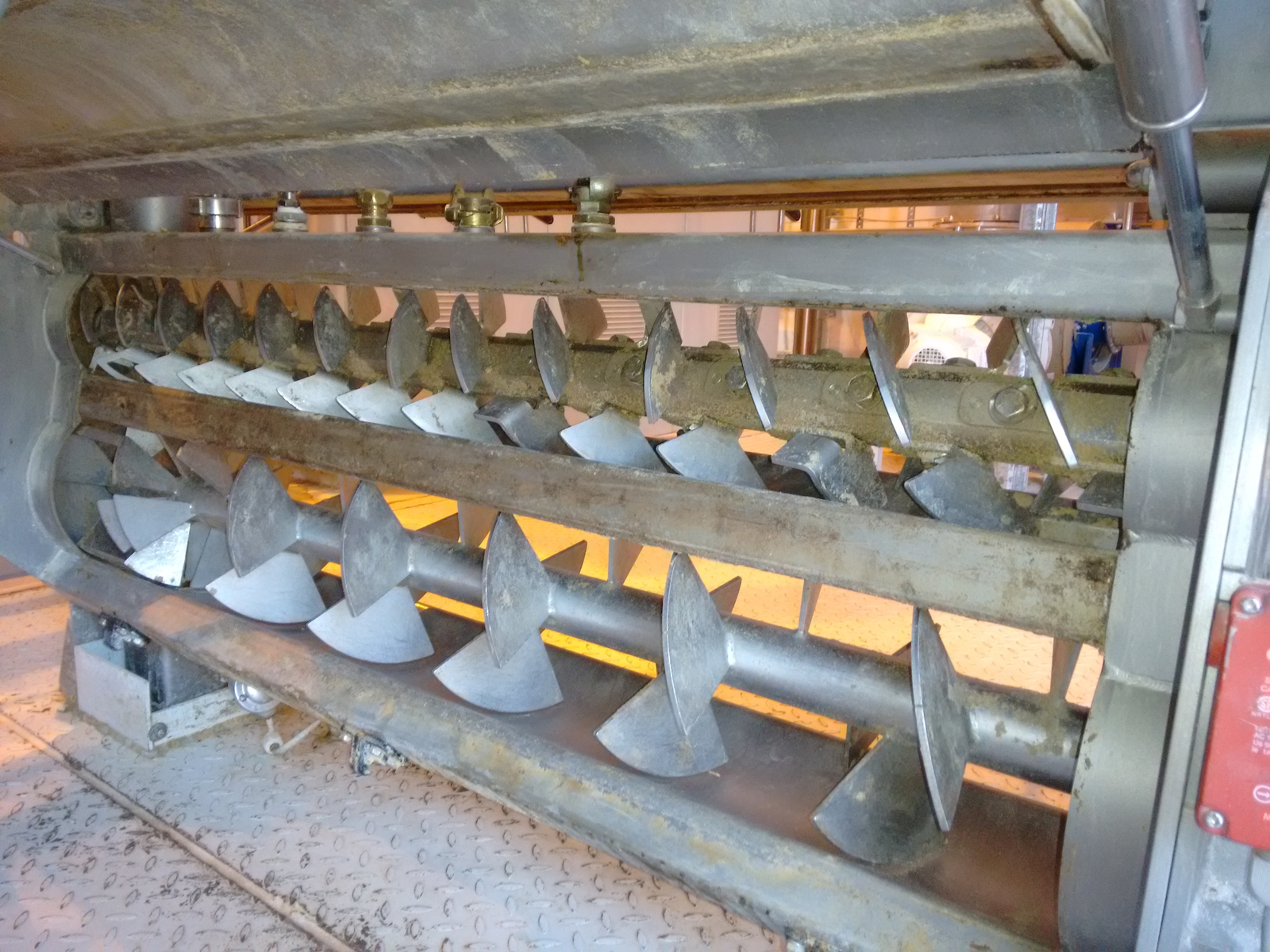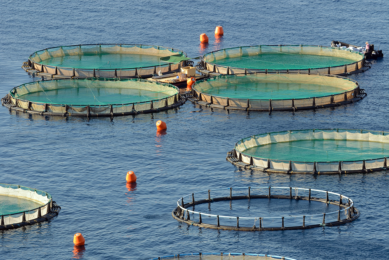Preconditioning for extrusion of aquafeed – Part 1

What is preconditioning and its benefits? This article, the first in a 2 part, explains.
Preconditioning is a unit operation that has long been associated with extrusion processing (and with other feed processing methods such as pellet milling). Although a seemingly simple process, there are many design variants available. There are also a number of operational parameters that need to be given careful consideration when selecting and/or designing a process application. The following seeks to present some of the key design and process control criteria, such that process optimisation may be completed in a less empirical manner.
What is preconditioning?
Preconditioning, as applied to feed manufacture, involves adding moisture and heat to the feed formulation before extrusion (or pelletising). This involves adding water, normally partially as liquid water, and partially as steam, while mixing (and holding the mix). So the primary objectives of the preconditioning in extrusion of feeds are to:
- Ensure uniform hydration – this is achieved by adding sufficient water, ensuring it is applied uniformly (which relates to the mixing characteristics within the system), and allowing sufficient time for the water to penetrate the feed particles (which also depends on particle size)
- Initiate the cooking process – the cooking reaction, or degree of cook, is primarily a function of temperature and time, in the presence of sufficient water.
Note that in this discussion, cooking is used as a generic term to describe the various material transformations occur within the product as it passes through the system. These simple relationships highlight the key variables in preconditioning. The different manufacturers of preconditioning equipment each have their own approaches to how to control and optimise the key variables. In this article we will discuss key attributes of preconditioning for extrusion of aquafeeds.
Benefits of preconditioning
All of the preconditioner equipment suppliers regularly espouse the benefits of this technology. A number of the benefits typically claimed are presented in the interactive image below. If we examine these benefits, we can see that they all relate to those basic functions of preconditioning:
- Achieving required hydration softens particles and reduces extruder wear. As water is part of the cooking reaction, uniform hydration also enhances degree of cook.
- Achieving required degree of cook means digestibility is improved. A high degree of cook also means that binding and pellet durability can be achieved with less starch (with protein binding also contributing subject to the protein quality). If cook is initiated in the preconditioner, less cooking needs to be done in the extruder – so improved throughput. But also, in a preconditioner, the cook is achieved under relatively low shear conditions (low mechanical energy) compared to cook in the extruder barrel – so reduced water solubility and higher water absorption in the product, again enhancing pellet durability after it is wet.
- Sufficient Mixing ensures the hydration and cooking are uniform – therefore improved product uniformity and process stability.
Potential benefits of preconditioning – click and find out more..
In the second part of the series we will delve into the key parameters of preconditioning and the different types of preconditioners. The authors are presenting short courses on “Aquafeed Extrusion Technology” and “Drying Technology” at Centre for Feed Technology, FôrTek, Norway, in May 2016, plus an Extrusion Course in Thailand in July 2016 (www.fie.com.au/events)












